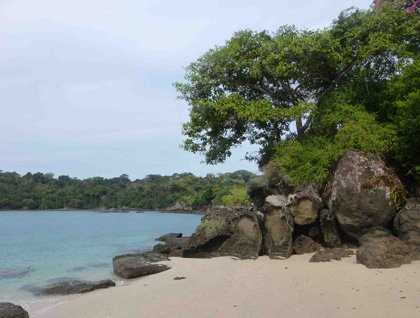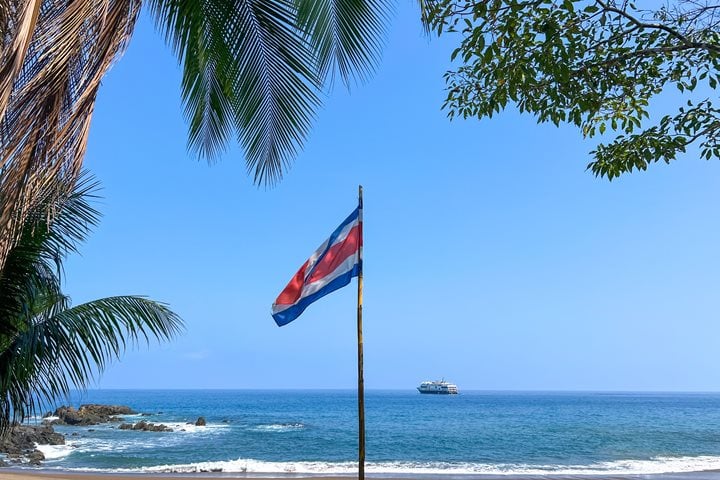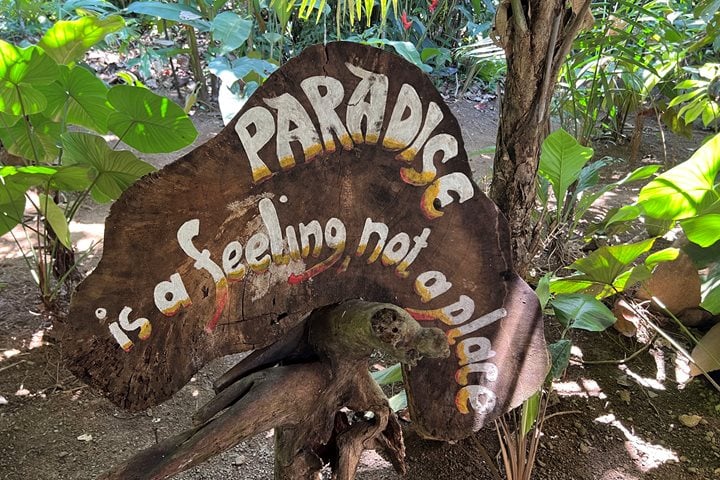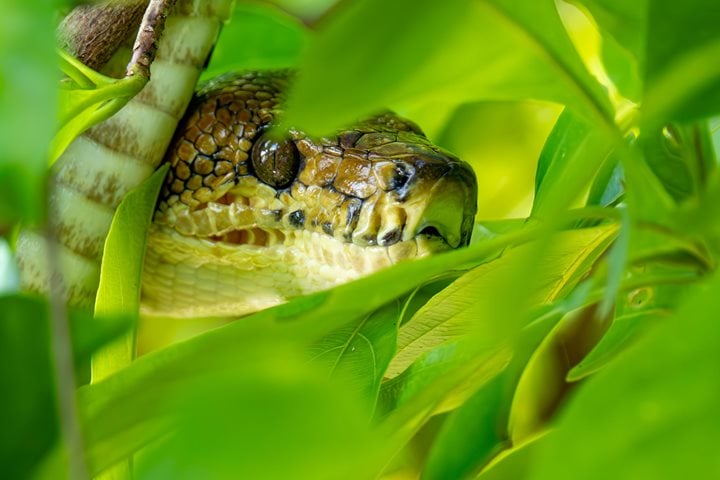Close to dawn, National Geographic Sea Lion dropped its anchor next to a group of islands known as the Pearl Islands. We had navigated 35 nautical miles from the Pacific coast of Panama City reaching this group of islands in the east of the Gulf of Panama. This archipelago, with around 39 islands and 100 islets, has very few island inhabited.
The first inhabitants of the islands were “Cuevas” and “Cocle” natives. They were wiped out within two years of the Spaniards arrival to the Pacific coast of Panama in 1513. It was the Spaniards who named these islands the “Pearl Islands” due to the amount of pearls that were found here. But after they hastened the destruction of the native population, the Spaniards brought the slaves from Africa to harvest the pearls. Today, even though there are no remains of the original natives, we still find pre-Columbian archeological sites and most of the inhabitants are descendants of African slaves.
We had the opportunity to explore the area by using our expedition landing craft. Two rounds were offered. In each of them we had the chance to explore an interesting unappreciated ecosystem, mangroves. Flocks of pelicans were plunge diving for their food while magnificent frigatebirds were soaring patiently waiting for the pelicans to take off with their catch in order to harass them.
Besides seeing the seabirds and learning about the geological formation of the island, we had the opportunity to get a shore and relax the rest of the morning. Swimming, snorkeling, and kayaking where other activities offered for the morning. Lovely trees were blooming, indicating the beginning of the dry season. It was a very active morning around these islands.
Back on board, we weigh anchor and started to navigate 190 nautical miles in order to arrive to our next destination. The rest of the afternoon we enjoyed an interesting lecture given by our guest lecturer Wenfei on bird’s parasitic behavior.
At the end of the day we joined for social hour to share our thoughts of this spectacular day.







